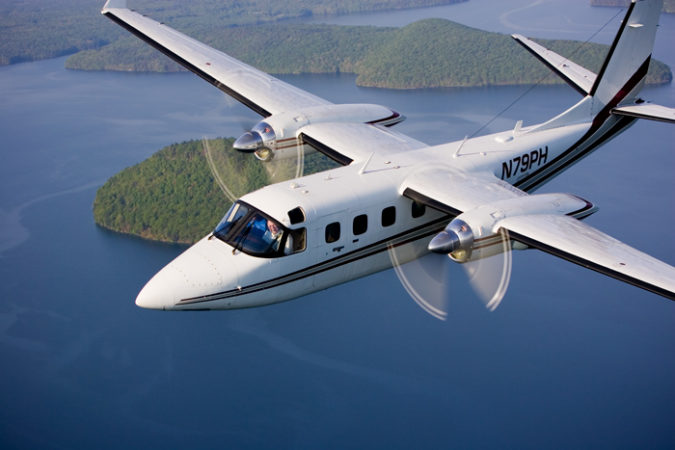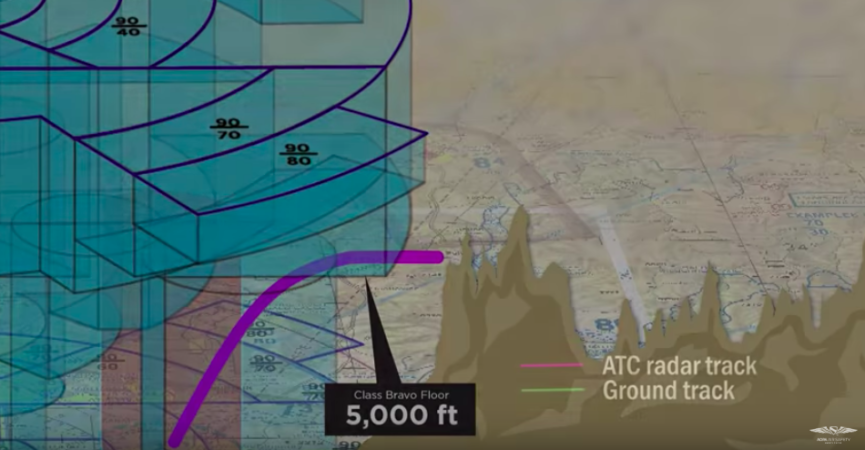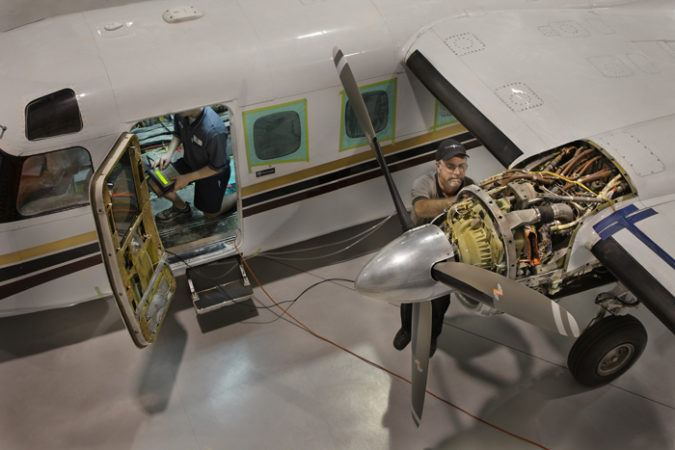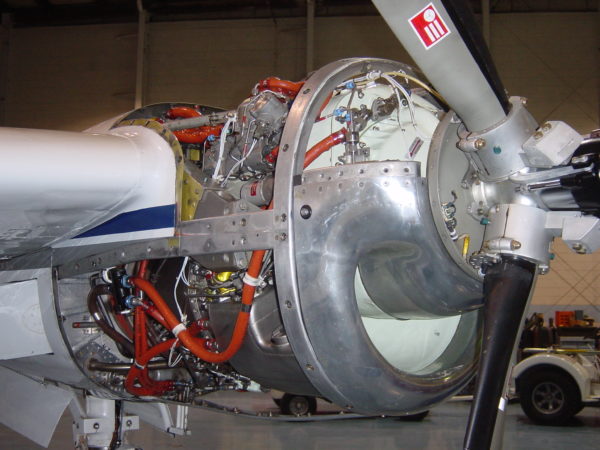IRS CLARIFIES DEFINITION OF ‘USED’ AIRCRAFT FOR BONUS DEPRECIATION

The IRS has published a Notice of Proposed Rulemaking (NPRM) that would clarify the definition of a used aircraft for the purpose of obtaining the bonus depreciation provision included in the Tax Cuts and Jobs Act passed in late 2017. The Act provides for 100 percent bonus depreciation for qualified new and used property acquired and placed into service after September 27, 2017, and before January 1, 2027. Beginning in 2022, bonus depreciation would be reduced by 20 percent each year through Jan. 1, 2027.
The Act offered a significant stimulus for purchasers of new or used aircraft. However, the legislation includes a stipulation that preowned (used) property qualifies only if it was not previously used by the taxpayer. The National Business Aviation Association (NBAA) requested guidance from the IRS on the definition of “previously used” because, according to NBAA, incidental uses, such as a demonstration flight or charter operation before a purchase of an aircraft, should not disqualify the purchase from bonus depreciation.
The NPRM says “the property is treated as used by the taxpayer or a predecessor at any time before its acquisition of the property only if the taxpayer or the predecessor had a depreciable interest in the property at any time before the acquisition.”
NBAA said the IRS proposal broadens the types of transactions that qualify, such as if an organization leased an aircraft from an owner and then bought it.
The IRS also clarified that an aircraft is considered acquired when the taxpayer enters into a binding written contract.
AIR SAFETY INSTITUTE ANALYZES COMMANDER CFIT ACCIDENT
 AOPA’s Air Safety Institute has produced a chilling but instructive case-study video titled “Unintended Consequences” that examines how a string of seemingly innocuous events and circumstances led to a fatal CFIT (Controlled Flight into Terrain) accident involving a Twin Commander 690A in November 2011.
AOPA’s Air Safety Institute has produced a chilling but instructive case-study video titled “Unintended Consequences” that examines how a string of seemingly innocuous events and circumstances led to a fatal CFIT (Controlled Flight into Terrain) accident involving a Twin Commander 690A in November 2011.
The airplane departed Mesa, Arizona’s Falcon Field Airport on a clear, moonless night for a VFR flight to Safford, Arizona, 110 miles to the southeast. The tower controller instructed the pilot to fly runway heading (40 degrees), then two minutes later cleared him to turn right on course. At that point the pilot apparently configured the installed KLN90 GPS for a direct-to course to the destination airport. Two-and-a-half minutes later, flying level at 4,500 feet MSL—500 feet below the base of Phoenix Class B airspace—the Commander impacted the Superstition Mountains, killing the three adults and three children aboard.
In its report on the accident the NTSB cited the pilot’s complacency in that two days earlier he had flown the same route VFR at night. The NTSB also noted the pilot’s lack of situational awareness; the airplane was not equipped with a terrain warning system.
To view the video and hear the lessons the Air Safety Institute says are to be learned from this tragic accident, go to www.airsafetyinstitute.org/acs/consequences. When you’ve finished viewing the video, be sure to scroll through the comments from other viewers.
TWIN COMMANDER MAINTENANCE INITIAL CLASS SCHEDULED

The seven-day training course, set for September 17-25, covers 690 thru 695B models. The course takes the A&P mechanic (or equivalent) through the various aircraft systems in a classroom environment. It is comprised of 20 study modules, plus a review, and uses AMM and AIPC documents along with associated publications as well as physical training aids including aircraft undergoing maintenance. The training culminates with a graded exam. Upon successful completion of the class clients receive an official certificate and record of training. The course is conducted at Eagle Creek Aviation Services in Indianapolis.
For a complete syllabus of the 42-hour course, click here.
Cost is $7,210 (USD) reduced to $5,000 per client. Payment is due prior to or upon arrival.
For more information and to register, contact Michael Grabbe, Technical Advisor, Eagle Creek Aviation Services, 317-293-6935 or email [email protected].
AIRWORTHINESS DIRECTIVE TARGETS TPE 331 ENGINES

The FAA has issued AD 2018-13-05 calling for more frequent SOAP (Spectroscopic Oil Analysis Program) inspections of Honeywell TPE331 engines, including those installed on Twin Commanders. The FAA said the AD was prompted by “recent reports of failures of the direct drive fuel control gears and bearings in the hydraulic torque sensor gear assembly, P/N 3101726-3.” The AD is intended to “prevent failure of the hydraulic torque sensor gear assembly. The unsafe condition, if not addressed, could result in failure of the hydraulic torque sensor gear assembly, in-flight shutdown, and reduced control of the airplane.”
The AD requires that a SOAP inspection be performed within 150 hours time in service following the June 14, 2018 release of the AD. If the SOAP analysis indicates a resample is necessary, and that inspection calls for a second resample, the hydraulic torque sensor gear assembly must be inspected.
The AD has negligible effect on Twin Commander operators because SOAP samples already are routinely performed at 150-hour inspections.
For more information about AD 2018-13-05 contact your authorized Twin Commander Service Center.

